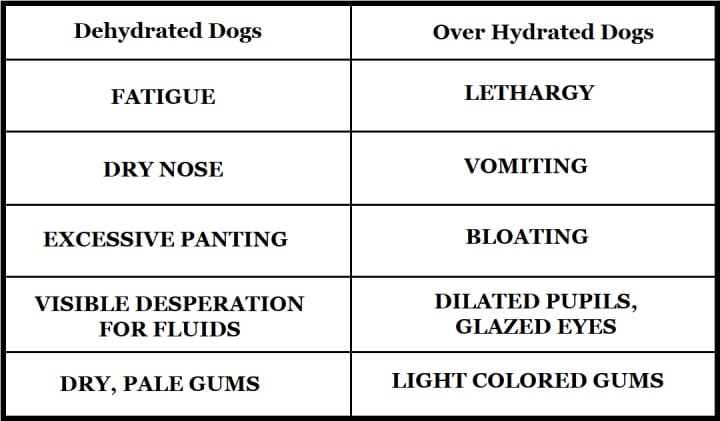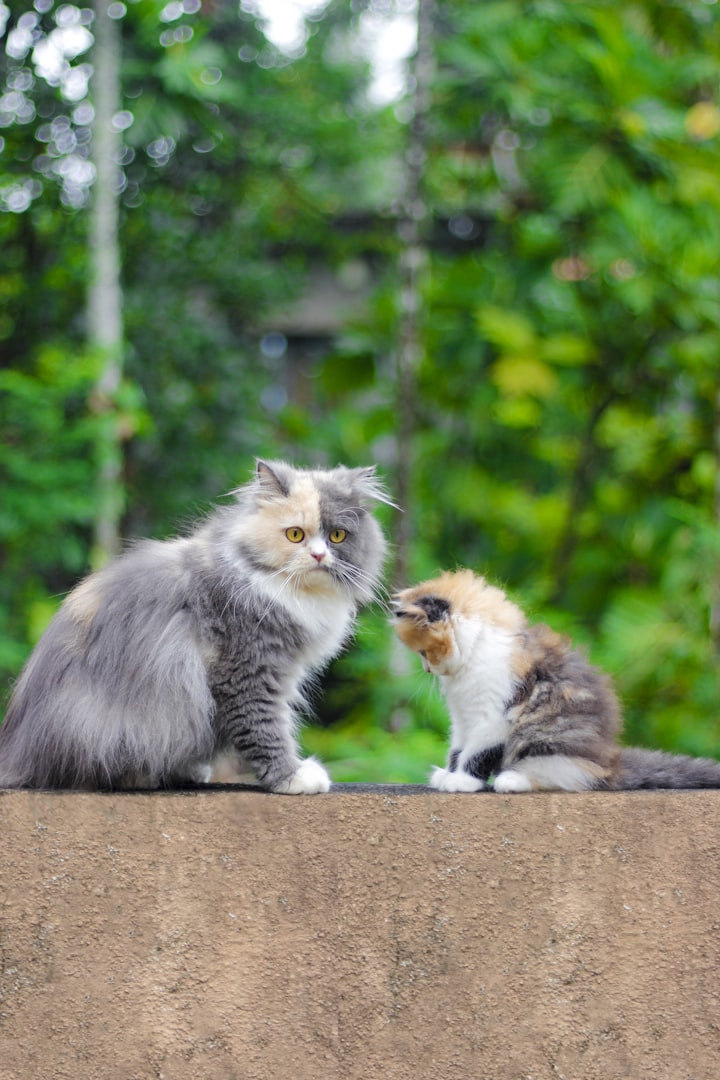
It’s getting hot out there!
It is that time of year again. The birds are chirping, the flowers are blooming, and the sun is beating down hard. This has been one of the hottest summers in the past couple of years. Most people can barely stay outside for even five minutes because of the heat and humidity. If humans can barely stand this unbearable heat, then what about our canine companions?
A little bit of biology
Dogs are more susceptible to heat exhaustion and heat stroke than we are. Humans have a biological feature called the excretory system. This system is responsible for the excretion of all human waste. The primary example in this case is: sweat. Sweat, as most know, is perspiration excreted through the skin to allow for full body cooling by the process of evaporation. The evaporated moisture takes with it the heat, and our internal temperature slowly declines back to normal. Dogs, however, have only two forms of sweat glands, and only one is actually used for cooling. Although there are two functioning sweat glands on your pup, the one that matters the most for cooling is the merocrine sweat gland. These glands are located in the paws and sweat similarly to the way ours do. Biology is usually capable of doing its job, but when your dog’s body cannot keep up with the heat, what can you do to help?
Water
Water is the organic life form's best friend. Making sure your dog is well-hydrated is the first step in preventing any form of heat sickness. The most reliable way to measure if your pup is meeting his hydration needs is to use the measurement of ½ to 1 ounce of water per pound of body weight a day. While it is a good idea to keep your dog’s water bowl filled during the summer, be sure to look for signs of over hydration. Over hydration is just as dangerous as dehydration and shares similar symptoms.
Letting your canine pal take a dip in a kiddie pool or clean pond will also contribute to a safer summer day. Sprinklers, slip and slides, and playing with hoses are also fun ways to incorporate water into your dog’s summer playtime. So break out the hose, grab your dog, and let your safe summer fun begin!
Symptom Reference Chart

Immediate Symptom Chart
Shade
If your little one is looking less than one hundred percent, take a break and move them to a shaded area such as a tree or shady structure. However, inside of a building that has a working air conditioner is the best place to go. Allowing your dog to rest and recuperate in a nice, freezy room will definitely seem like a treat for him. Bonus points if the floor is nice and cold or if you apply a cold, wet rag to their forehead so that they can feel it directly on their skin. As long as you can find somewhere to hide from the sun, you should be good to go.
A Fur Coat? In Summer?
When summer rolls around, most people prefer to get a nice shear or trim to keep that hot hair off of their necks. Ladies will primp up with ponytails and men will chop through those beards to get more air on their skin. Although this is a logical solution for us, our dogs will say differently. For example, just as a Malamute’s thick fur protects it from the unforgiving cold of the Alaskan wilderness, it also prevents cool air from dissipating in the heat. The coat and fur of a dog is the way it is for a reason. We should not alter the ecosystem that is their fur! Although you may feel that shaving your husky for the coming summer may help him cool off, you are actually putting his skin in great danger. Dogs’ skin is incredibly sensitive to outside influences such as chemicals and sunlight. When you remove all of that protective hair, you risk exposing their skin to the harsh rays of sunlight.
A Human Solution
“Well I’ll just apply sunscreen to my dog,” you say? That’s actually alright, as far as skin protection goes. Although it will not keep cool air between the external layer of fur and your dog’s skin, it will still protect the skin itself. Sunscreen specifically made for pooches is recommended, but if you are not able to acquire such a product, you can use regular sunscreen. Sunscreen made for human use is fine, so long as it does not contain the two chemicals zinc oxide or para-aminobenzoic acid. These chemicals are extremely toxic to your pet if they are ingested. In the event that your animal licks or consumes either of these chemicals, contact an emergency veterinarian immediately. (Semigran, Aly. “Can Dogs Wear Sunscreen?” petMD, n.p. Web. 29 June 2018.)
Enjoy your summer!
Now that you have all the tools and advice that you need to start having fun in the sun, let those dogs out! Remember to keep a close eye on your pups, hydrate them, and keep them well groomed according to their breed’s summer coat. Happy summer, everyone!
Did you enjoy this article? If you did, leave a tip below! It helps me pay my rent, which allows me more time to write helpful articles!
About the Creator
Eris
I write a little bit of everything. I hope you enjoy my content!






Comments
There are no comments for this story
Be the first to respond and start the conversation.